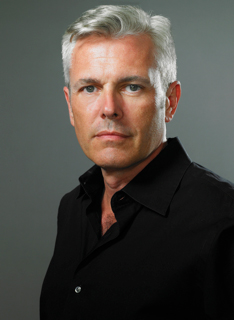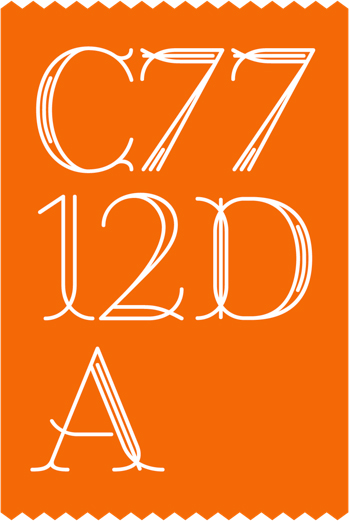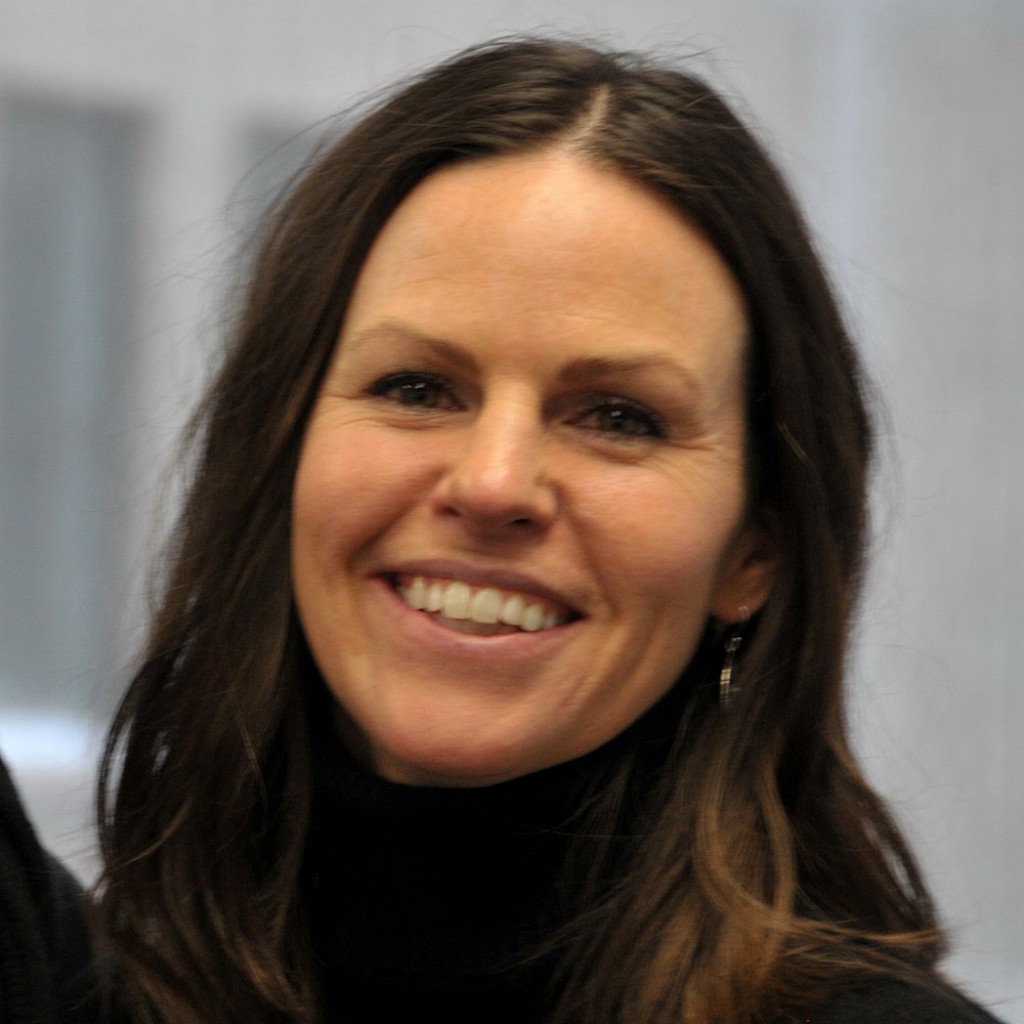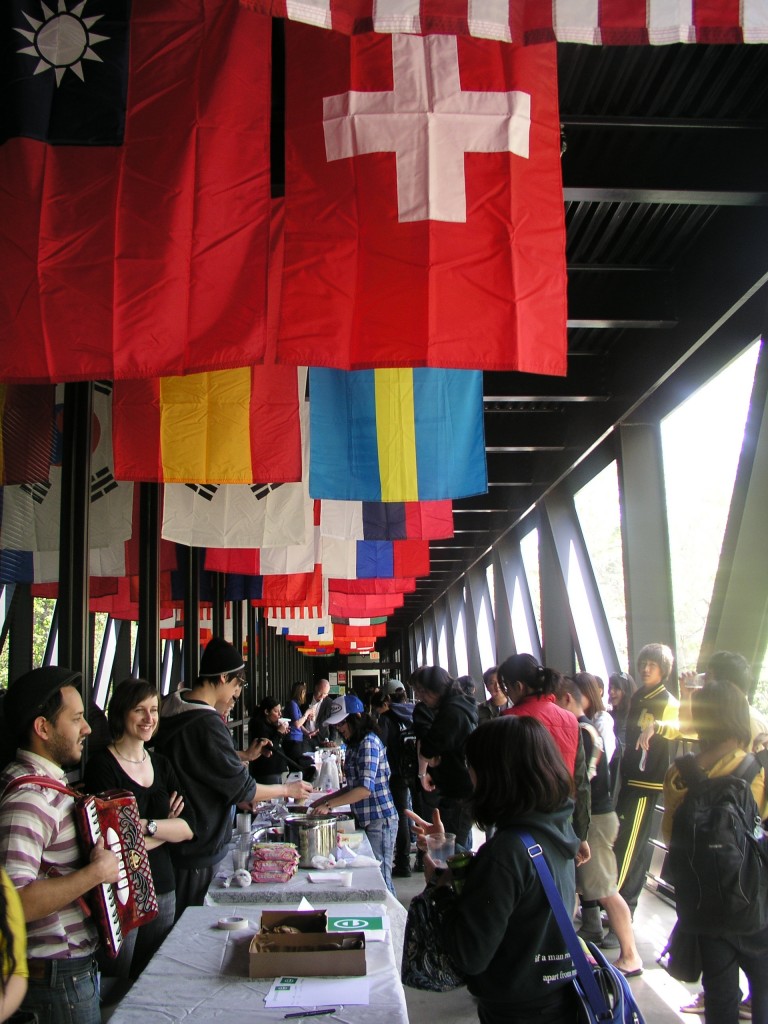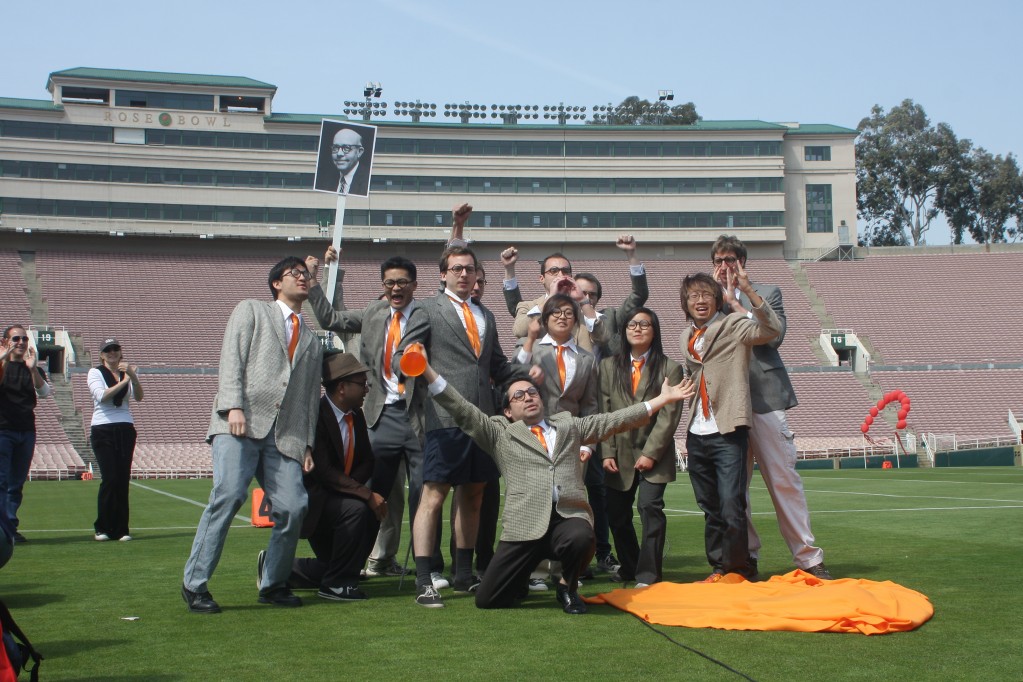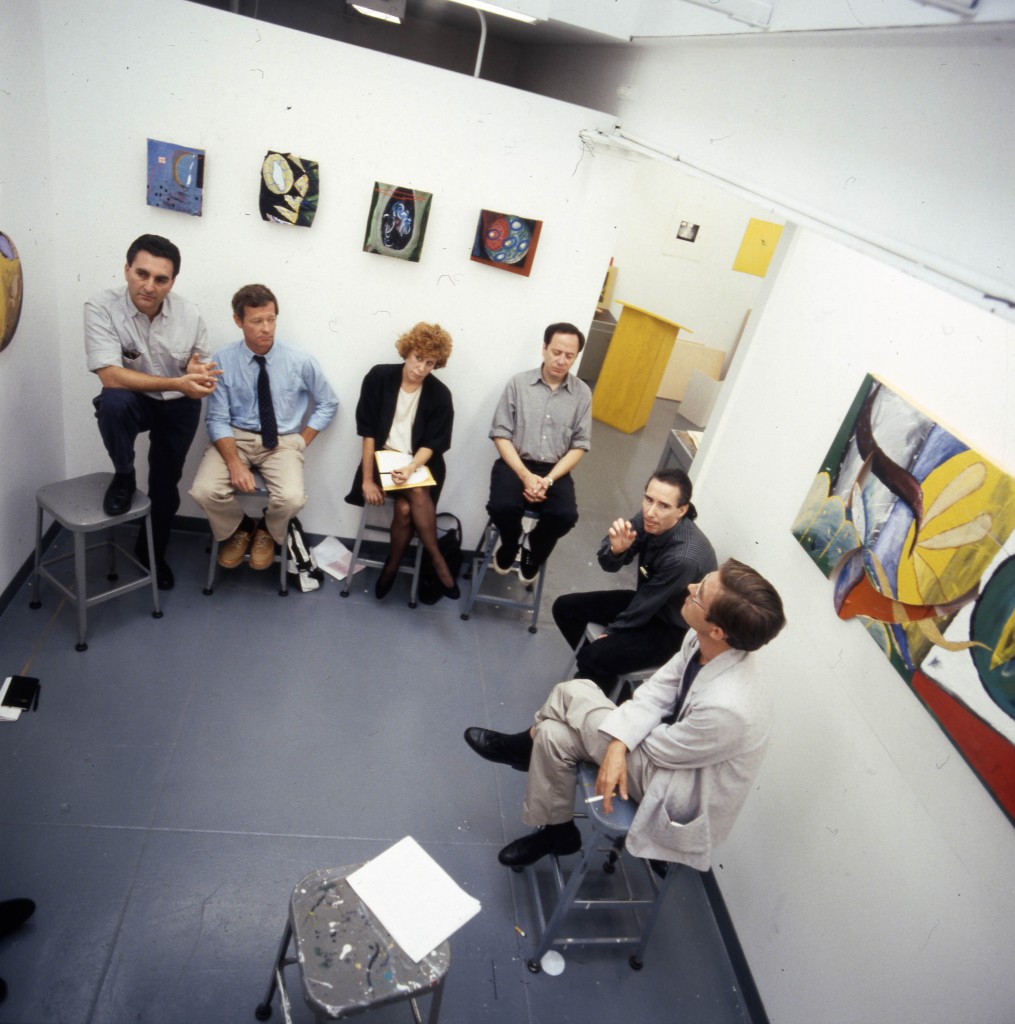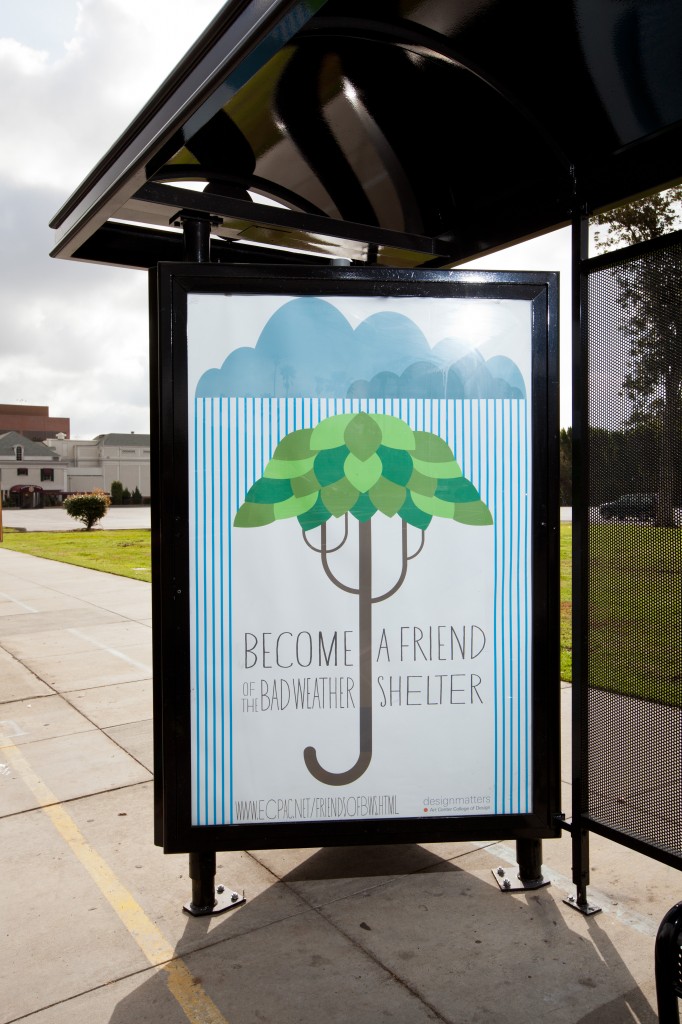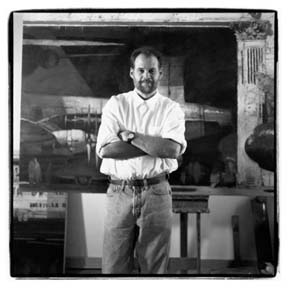Art Center College of Design will expand its educational reach and resources with the acquisition of a former U.S. Postal Service property in Pasadena, Art Center President Dr. Lorne M. Buchman announced today. The purchase of the vacant property was made possible through gifts from alumni. President Buchman further announced that the College has selected award-winning firm Michael Maltzan Architecture as its partner in fulfilling and expanding its academic plan through the re-imagining of existing spaces, and the forward-looking design of new ones, at both of the College’s campuses.
Dr. Buchman said, “This is a pivotal moment not only in Art Center’s history, but in art and design education, given the growing impact of the creative professions on the economy and on our world. This new property enables expansion and development of our programs and infrastructure and enhances our capacity for teaching, learning, creating and collaborating to ensure that we are able to fulfill our mission to educate students, now and into the future.
“The overwhelming support of alumni for this acquisition signals their commitment to future generations of Art Center students. They want these students to have access to the same opportunities they had—opportunities afforded by rigorous, professional instruction in a supportive, creative, cutting-edge environment,” Dr. Buchman continued.
Art Center Board of Trustees Chair Robert C. Davidson, Jr., added, “The availability of the property adjacent to the College’s South Campus was serendipitous, and it came on the market just as we finalized our strategic plan. The Board and I are exceedingly proud to be part of setting the vision for Art Center and its leadership at this time of transformation. Thanks to thoughtful planning and the generosity of our alumni, the College now renews its commitment to providing the finest education for our students. Further, we are poised to expand to meet future challenges and even higher standards of excellence.”
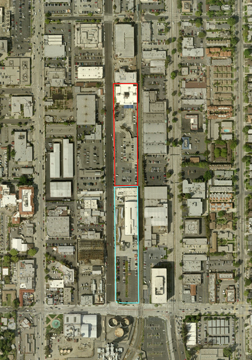
Existing South Campus property at 950 S. Raymond, outlined in blue, and new property at 870-888 S. Raymond, outlined in red.
George Falardeau, Sr. Vice President of Real Estate and Operations for Art Center, stated that the new property is at 870-888 S. Raymond Avenue in Pasadena, immediately adjacent to the College’s existing South Campus at 950 S. Raymond. The acquisition will allow the College to create three centers of learning—an expanded South Campus, a renovated Hillside Campus (1700 Lida Street, Pasadena) and a virtual campus—each optimized for the particular needs of promising artists and designers, while at the same time fostering new collaborations among disciplines. This expansion also includes opportunities to strengthen engagement with and connection to diverse communities because of the proximity of South Campus to public transportation and the continued presence of Art Center’s Public Programs at that location.
Commenting on the selection of Michael Maltzan Architecture for the project, Dr. Buchman said, “Following an intensive, year-long process, Michael emerged as the best partner for Art Center as voiced by our students, faculty and alumni, especially given his deep understanding of the way artists and designers learn, think and make. We couldn’t be more enthusiastic to have him on board to fulfill our vision for tomorrow’s classrooms and studio spaces.”
Michael Maltzan added, “Art Center’s continued leadership in art and design education comes from the culture of innovation and inspiration that thrives there. An important part of that legacy is the innovative and useful architecture that the school has built over the years to help foster and sustain that culture. It is enormously exciting to be able to participate with Art Center in developing buildings and spaces that will continue to capture the spirit of the school, provide for changing and emerging programs and help imagine its future.”
Art Center alumni responded to the possible expansion in an unprecedented manner, donating $5 million for the acquisition of the new property. Significant gifts include three, seven-figure irrevocable bequests, one made by Art Center alumnus and award-winning environmental designer Richard Law (Graduate Industrial Design ’58). Another gift was from Art Center alumnus and kinetic sculptor Steven Rieman (Product Design ‘74) and his wife, Ruth, and a third was from Art Center alumnus Bruce Heavin (Illustration ’93) and his wife, former Art Center faculty member Lynda Weinman, owners of the innovative online learning company, lynda.com.
“This is exactly what Art Center should be doing,” Mr. Law said. “The property, in an urban environment on the edge of Old Pasadena where all the action is, as well as public transit, is a great example of renewing older areas, creating a vital, energetic place. In today’s culture, this is exactly how a campus should be.”
“We aren’t as interested in a new building as we are in the education inside that building, and in recognizing the excellence of Art Center students and the critical importance and impact of what they do,” the Riemans said of their bequest. “The type of work that could happen there, such as full-scale prototyping, is just one way students would benefit. It’s clear to us that Art Center is serious about broadening students’ opportunities and experience by embracing new technologies and new ways of collaborating and creating in new spaces.”
Mr. Heavin said, “When I first visited the property, I immediately saw a great natural extension of the South Campus that would accommodate students’ educational needs.”
Ms. Weinman added, “As a former faculty member, it has been great to reconnect with Art Center’s high standard of excellence and quality and to commit to upholding it through thoughtful expansion.”
The College’s expansion plans are in direct response to Create Change, a five-year strategic plan that reflects the collective vision of the entire Art Center community in shaping the College’s core values into a new model for art and design education in the 21st century. The plan identifies Art Center’s “conservatory” approach to education, wherein students undergo intense and practical career preparation guided by expert faculty, and the role that rich intercultural and transdisciplinary collaborations play in providing students a contextual understanding of the world around them. The plan identifies the need to enhance and improve its physical spaces and educational technologies in order to foster and extend such collaboration.

